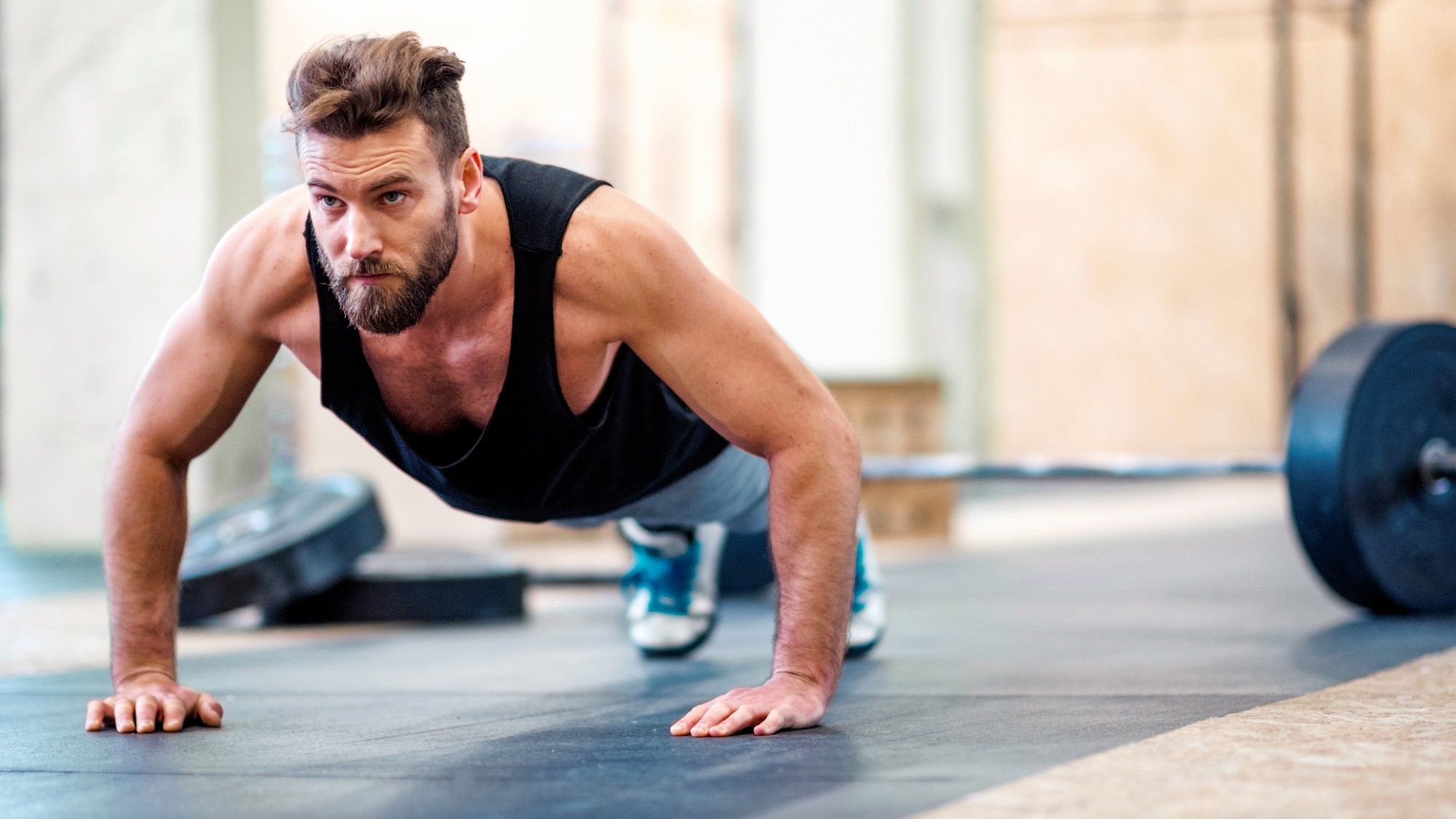
As a personal trainer, I love nothing more than picking up a set of the best adjustable dumbbells, kettlebells, resistance bands, or a barbell and getting to work building strength and growing muscle.
Having turned my attention to a mix of CrossFit workouts, yoga and running in recent years, I often reserve and bench bodyweight training for home workouts or travel abroad, when I have less equipment and perhaps only my yoga mat to roll out.
I’m no stranger to calisthenics though — a form of bodyweight exercise encompassing strength training using just your body weight as resistance, including gymnastics and animal flow.
The workout style improves relative strength (your ability to move functionally with your body weight), but I much prefer lifting weights and progressively adding load to work my muscles hard and keep me fit. Of course, there's room for both in your exercise regime.
However, having moved away from coaching classes over the last few years, I primarily teach bodyweight strength training. Recently, I stumbled across calisthenics trainer Tom Peto’s bodyweight workout for beginners that immediately caught my attention and held it — so I tried it. And I’ve been trying it out since.
Watch Tom Peto’s 20-minute calisthenics workout
Peto encourages you to follow along with this full-body beginner calisthenics workout — no equipment needed. It takes 20 minutes and, according to Peto, “includes the best beginner calisthenics exercises for building strength and mobility.”
It begins with a bodyweight warm-up of four exercises lasting 40 seconds each for just one round, including single-leg Romanian deadlifts, wrist circles, kang squats and an angel mobility exercise, which involves lifting your arms overhead from behind your back to mobilize your shoulders.
Each exercise prepares your muscles and joints for the workout ahead. Warming up your wrists is particularly important because calisthenics routines often involve weight-bearing on your shoulders and arms, especially if you focus on gymnastics; I don’t recommend skipping through this part of the video. Besides, it’s short and only takes a few minutes.
Next, Peto puts you through your paces with five bodyweight strength exercises that follow a 40-second on and 20-second off format for three rounds. The exercises are as follows:
- Narrow split squats
- Negative push-ups
- Alternating compressions
- Cossack squats (Cossack lunges)
- Half hollow holds
Why I love the 20-minute calisthenics workout compared with other bodyweight workouts I’ve tried
Improving mobility is just as important to your health as building strength and muscle, enabling you to improve the quality and range of motion of your movements, which leads to better results and less injury. If you want to exercise well into your 60s and beyond, you won’t get far without good mobility.
It’s tempting to reach directly for the weights during workouts — what better way to stimulate and overload muscles fast? But working with your body weight improves relative strength while strengthening muscles, joints, ligaments and bones, and I teach clients to always (where possible) learn to squat, push, pull and move efficiently with their body weight before lifting weights in the gym.
Don’t worry if you’re unfamiliar with some of the exercises above, as Peto takes you through the whole workout while providing you with easy cues to follow. Each exercise focuses on a different muscle group and skill set, yet all are preparatory exercises for many advanced calisthenics exercises such as muscle-ups, kipping, butterfly pull-ups, L-sits and more.
Practicing these moves regularly will help you build muscular stability and strength and improve your posture, control and endurance — all essential for calisthenics and skills that translate into other exercise forms such as weight lifting, yoga and Pilates.
The workout also uses holding positions to help engage your core muscles, which is crucial for any workout to help you balance and keep your lower back safe and healthy.
Moreover, learning to control your body weight can build better proprioception, referring to the awareness of your limbs in space, and will help you contract your muscles properly and fully through every phase of a movement.
One way this translates is how much control you have over lifting and lowering a weight in the gym. Rushing an exercise rarely breeds better results.
I use the Lululemon Take Form yoga mat during bodyweight workouts, which I find one of the best yoga mats for supporting my joints during holds and wrist work.
I like how accessible the short routine is, allowing beginners an entry-level experience of calisthenics training while working on foundational skills that all exercisers can take on board. I’ve already bookmarked this workout for future use when I’ve got a spare 20 minutes at home to roll out my mat.







